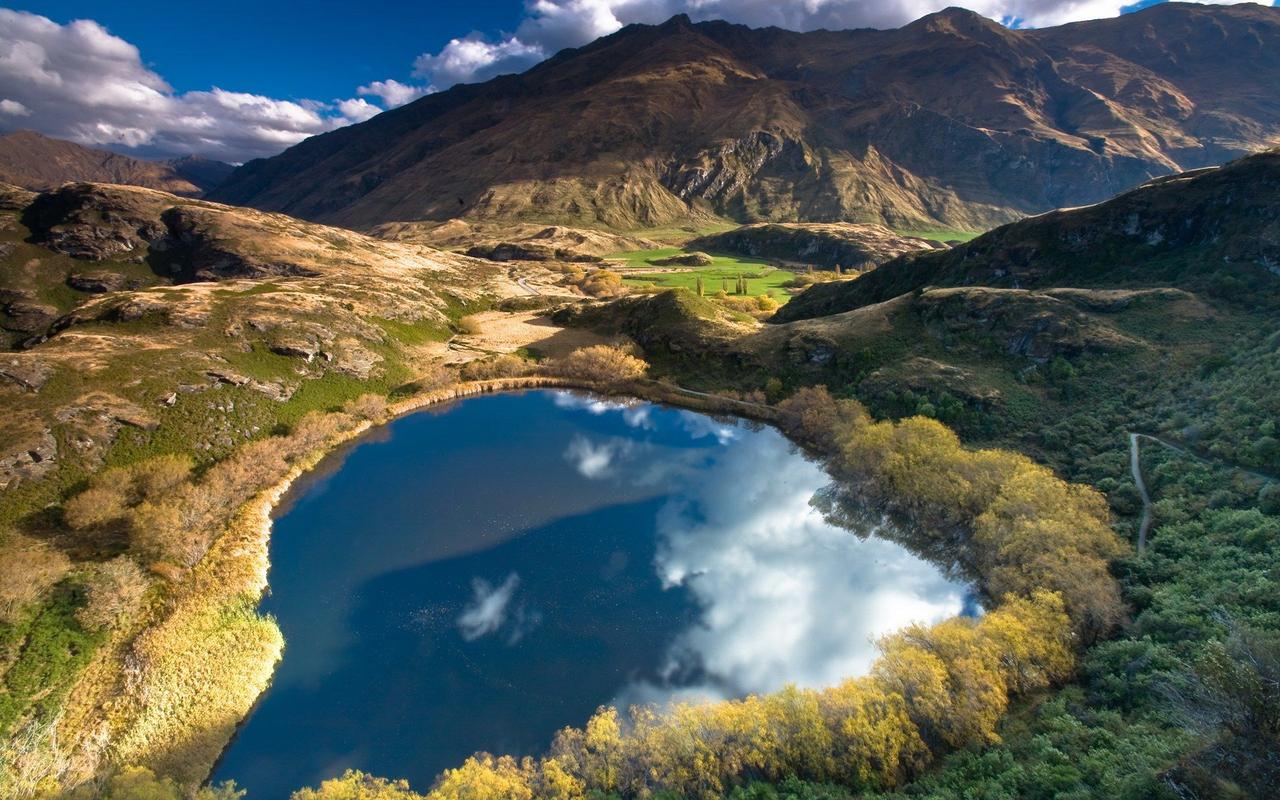The Importance of Incorporating Scenery in Urban Design
Urbanization has been growing at an unprecedented rate in recent years. People are abandoning rural areas and moving to cities, and cities are spreading out at an almost alarming rate. As a result, urban designers and architects have an important role to play in transforming our cities into more attractive, livable, and sustainable places. The incorporation of scenery into urban design is one such solution.
Scenery is more than just pretty landscapes. It includes parks, public spaces, and natural areas that offer many benefits both to the environment and society. Scenery plays an essential role in creating sustainable communities, providing recreational opportunities, and improving the overall quality of life.
Here are some reasons why incorporating scenery into urban design is so important:
1. Enhances Aesthetic Value
Urban design is generally thought of as functional, with the primary goal of providing efficient transportation and housing. However, incorporating scenic views can add to the aesthetic value of an area, making the place more attractive and enjoyable to live in. Aesthetically pleasing urban design can also increase property values and spur economic development.
2. Provides Green Space
Scenery provides a much-needed respite from urbanization, which is why parks and green spaces are so essential. They offer a break from the monotony of buildings and concrete, and a place to unwind and relax. Green spaces are also vital for the environment, offsetting some of the negative effects of urbanization like air pollution and the urban heat island effect.
3. Promotes Physical Activity
Many urban areas lack adequate outdoor play and exercise spaces. Incorporating scenery like parks, bike paths, and walking trails in urban design increases opportunity for physical activity, leading to improved overall health and well-being among residents.
4. Encourages Community Building
Public spaces, such as parks, are essential to building a sense of community and social life in a city. Scenic spaces can encourage residents to engage with their community, meet their neighbors, and engage in various community activities. These are all important for the growth and development of community relationships.
5. Boosts Economic Development
The incorporation of scenery also has a positive effect on the overall economic development of an area. Urban design that incorporates scenic spaces can attract tourism, stimulate local business, and increase property values.
In conclusion, the incorporation of scenery, including parks, public spaces, and green spaces, into urban design has many environmental, social, and economic benefits. Urban designers need to prioritize the creation of livable and sustainable urban areas by prioritizing scenery in their designs. Creating spaces that are perfect for living, working, and playing will ultimately lead to a better quality of life for all residents.
(Note: Do you have knowledge or insights to share? Unlock new opportunities and expand your reach by joining our authors team. Click Registration to join us and share your expertise with our readers.)
Speech tips:
Please note that any statements involving politics will not be approved.
